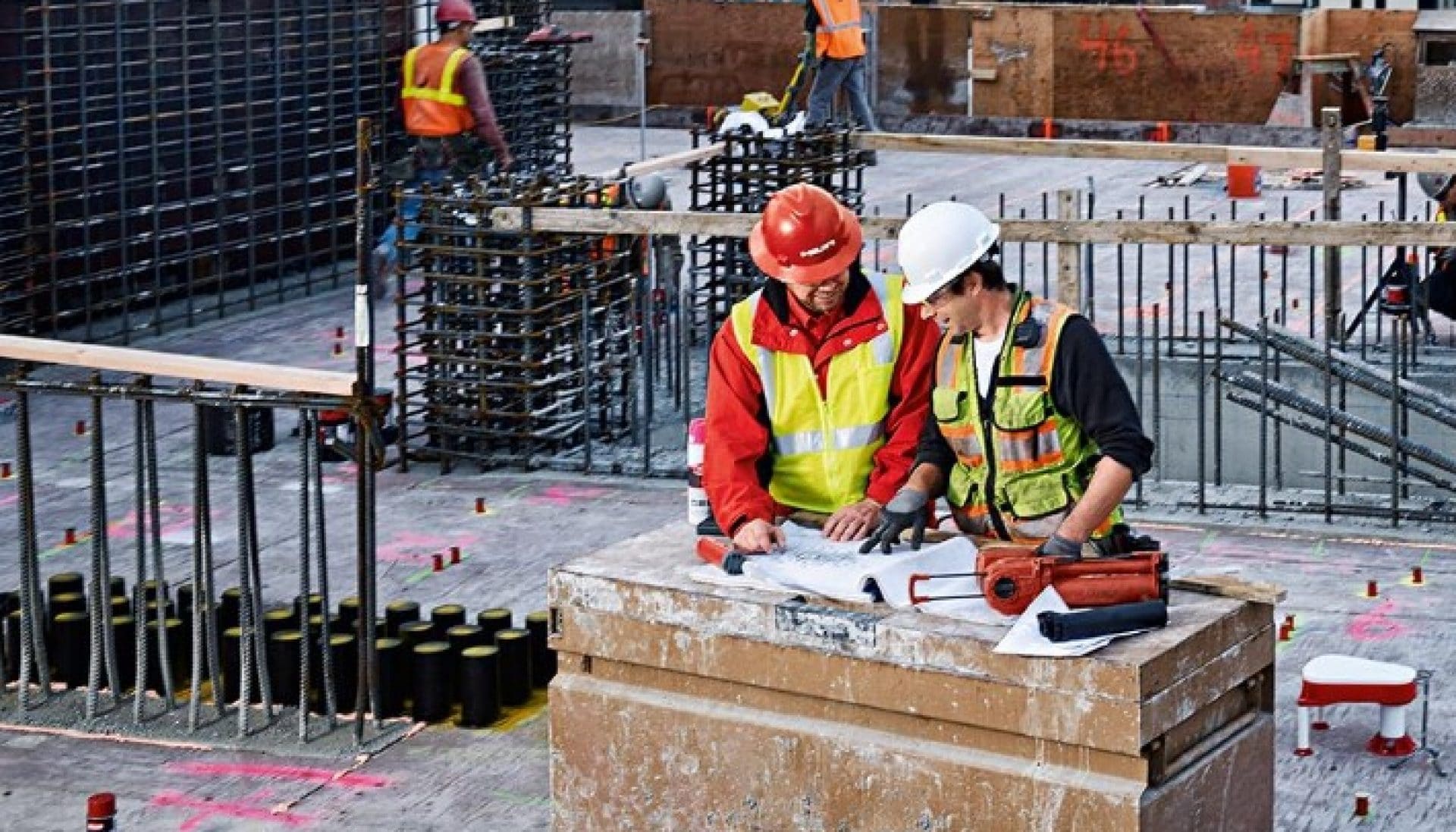- Home
- Business Optimization
- Solutions
- Construction Safety
- Benefits of Occupational HS

Benefits of investing in occupational health and safety
The construction industry can be dangerous to work in
The construction environment can present risks to workers. The reasons for this are diverse – from working with generators, power tools, machinery and electrical wiring to dust inhalation of all kinds, to working at higher altitudes or failure to use appropriate protective gear.
Although significant effort is invested in health and safety, there are a number of contributing factors to accidents. Faulty equipment, human error, poor organizational structures and a dangerous work environment are reasons that serious accidents are disproportionately high in the construction sector.
With the construction industry being at the forefront of industrial accidents, it becomes obvious that ongoing investment in occupational health and safety (OHS) makes sense on several levels.
What causes accidents?
When it comes to health and safety on construction sites, various factors have a significant impact on the occurrence of accidents and work-related health problems: human factors, equipment, organization and leadership, and the work environment.
The behavior of jobsite teams, faulty or improper equipment, inadequate organizational structures (such as poor planning and inadequate guidance), or a potentially hazardous working environment, represent examples of these four factors. Depending on the type of accident, one or more of these factors may be at play.
Research has shown that human factors account for a big part of accidents at construction sites (e.g. GIBB et al. 2014). This makes it essential that safety processes target the root cause of accidents, which is where Behavior-Based Safety comes in.
The consequences of accidents and ill health are far-reaching
In addition to the obvious impact on the injured worker, a poor health and safety record has consequences on several other levels: productivity, statutory regulations and reputational damage to the company.
Accidents and ill health can have a negative impact on the company's productivity and financial performance. Why?
- Absence of the victim
- Interruptions in production process
- Re-organization and/or renewal of work
- Replacement of damaged material/equipment
- Loss of orders/clients
- Administrative effort around accident case analysis
- Recruitment and additional pay for temporary staff
- Increased insurance premiums
At the same time, there are a variety of non-tangible consequences of poor health and safety that affect victims, work colleagues and ultimately the company overall:
- For the victim: personal impact of the injury
- For the colleagues: distress, job dissatisfaction and worry, especially in case of frequent health and safety issues
- For the company: reputation and working climate hampered
